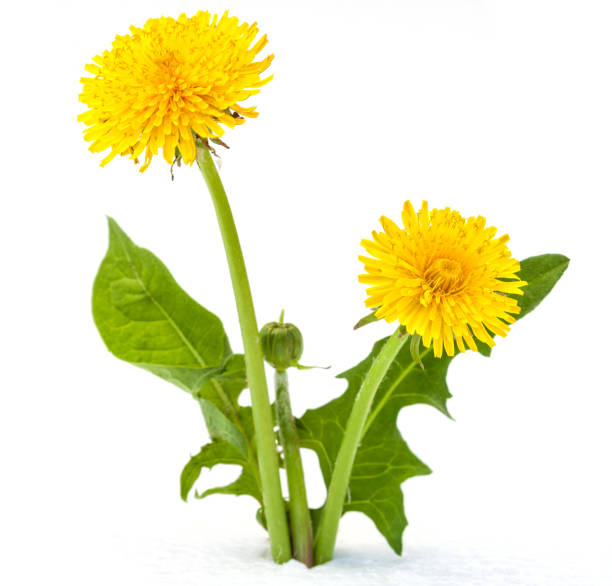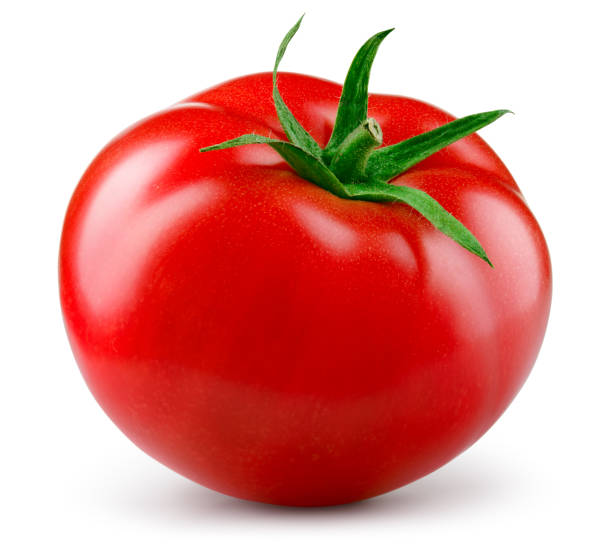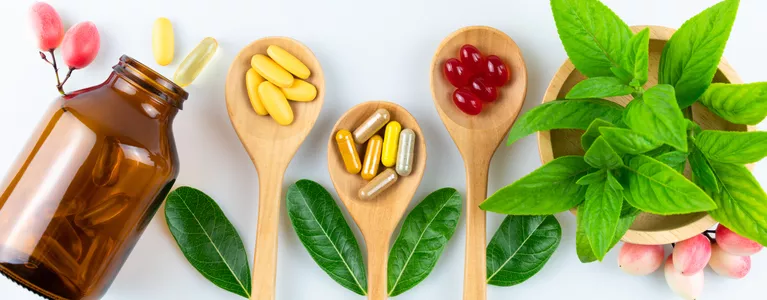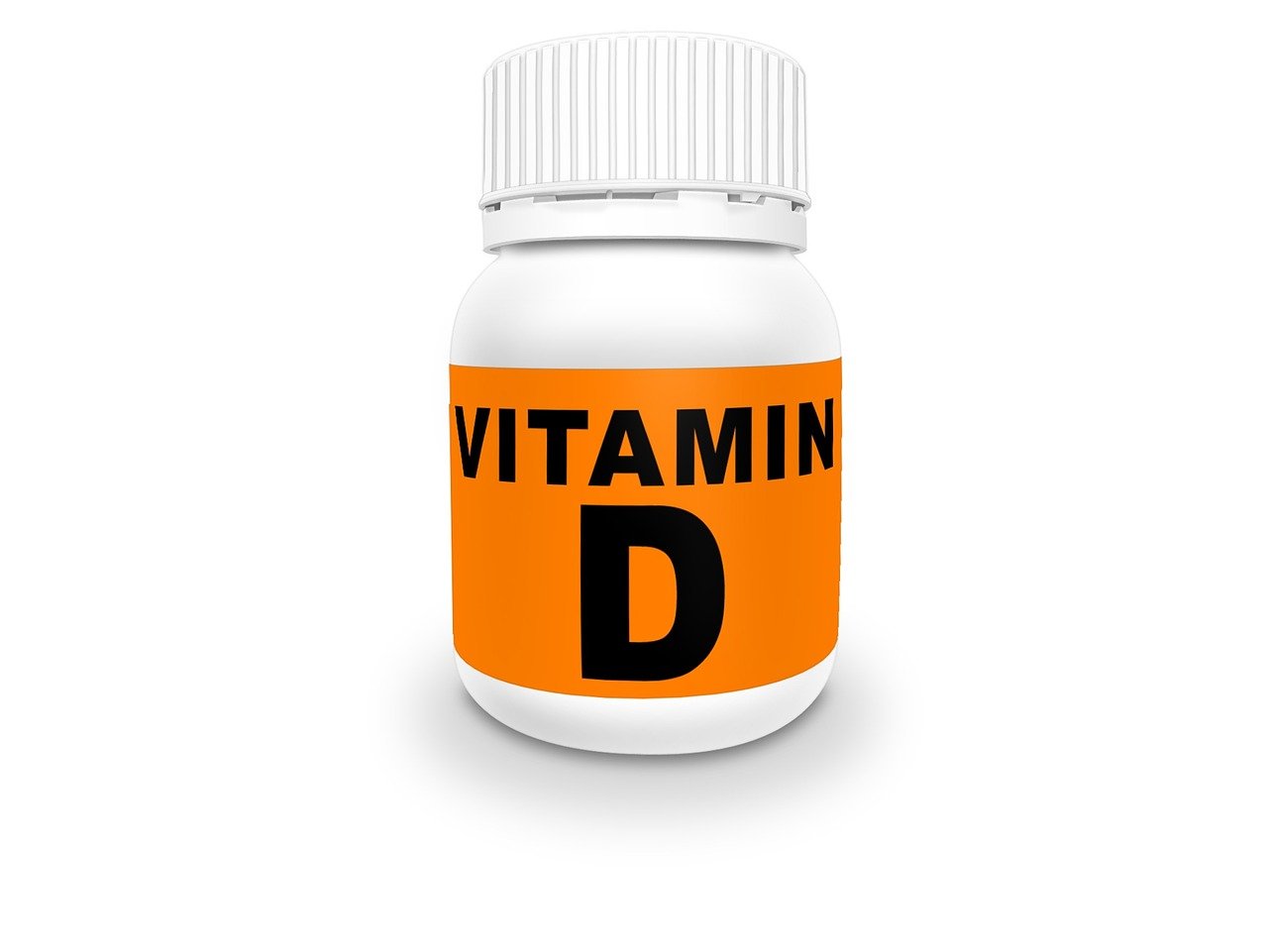
I never really thought much about Vitamin D. I mean, I’d spent years in sunny places, wandering gardens, studying plants, digging in the soil, and just soaking up the sun without really noticing. As a botanist, sunlight felt like a coworker, it was always there. Life in warm climates meant my body got its fill of Vitamin D almost effortlessly.
Then I moved to a colder region. Winters felt long, gray, and relentless. Days were short, sunlight scarce, and even when it appeared, it barely touched my skin.
At first, I shrugged off my constant tiredness and the random aches, telling myself it was just “adjusting to a new climate.” But slowly, I realized my body was trying to tell me something. That’s when I started noticing the subtle signs of Vitamin D deficiency.
This isn’t just my story. It’s also a guide for anyone feeling run down, achy, or just “off,” without knowing why. By the end, you’ll have a sense of what to look for and how natural strategies, plants, nutrition, and lifestyle can help bring your body back into balance.
Why Vitamin D is so Important?
People often call it the “sunshine vitamin,” but it’s really more like a hormone. It affects your bones, muscles, immune system, and even your mood. Unlike other vitamins that you can mostly get from food, your body primarily makes Vitamin D when your skin is exposed to sunlight, specifically ultraviolet B (UVB) rays.
That’s why people in colder climates or those who spend most of their time indoors are more at risk. The tricky part is, deficiency doesn’t usually announce itself. There’s no sudden alarm. Instead, it creeps in slowly, showing up as small, easy-to-ignore signals.
How I Noticed Something Was Off.
The signs came gradually. First, it was exhaustion. I could sleep eight or nine hours and still wake up feeling wiped out. Coffee helped only a little. It was the kind of fatigue that reaches down to your bones. Later, I learned that Vitamin D deficiency can slow down the mitochondria in our cells, the tiny powerhouses that make energy.
Next, my muscles started acting up. Lifting tools, kneeling in the garden, things I’d done a thousand times before, suddenly felt like work. My calves cramped at night, and stretching barely helped. Vitamin D plays a key role in calcium absorption, which keeps muscles working properly and bones strong.
I also noticed I was catching more colds. I used to be that person who rarely got sick, but now it felt like every winter bug found me first. Vitamin D helps your immune system respond quickly, so low levels leave you more vulnerable.
Then there was my mood. Shorter days seemed heavier. I felt low for no obvious reason. Low Vitamin D affects serotonin, the brain chemical that regulates mood, which helps explain why Seasonal Affective Disorder is more common in darker, colder regions.
Cuts and scratches from gardening took longer to heal. Hair started thinning. Morning headaches became more frequent. Trouble concentrating and even a sweaty scalp popped up. On their own, each of these seemed minor. But together? They told a clear story: my body was low on Vitamin D.

Why Cold Places Make Deficiency Likely?
Back in sunny regions, I never worried about Vitamin D. Sunlight did all the work. Up north, winter sunlight isn’t strong enough for your skin to produce it, no matter how long you’re outside. Thick clothing, indoor work, and short days make deficiency almost inevitable.
Studies suggest that in some northern countries, nearly half of adults have insufficient Vitamin D in winter. Suddenly, my fatigue and aches didn’t feel unusual, I wasn’t alone.
Plants That Can Support Your Body.
While few plants actually give Vitamin D, some support the systems it works with bones, liver, gut, and immunity.
A few that I found helpful:
1. Urtica dioica (stinging nettle):
You might think of nettle as just a prickly weed, but it’s actually packed with minerals your body loves calcium, magnesium, and iron. These are essential for strong bones and muscles, so pairing nettle with Vitamin D really helps your body stay resilient.
I often brew it as a tea or toss young leaves into soups. Beyond minerals, it has antioxidants that quietly support overall health. It’s a small plant that works behind the scenes, helping your body make the most of Vitamin D.

2. Taraxacum officinale (dandelion):
Dandelions are more than just garden weeds. They gently support the liver, which is where Vitamin D begins its journey to becoming active in your body.
A healthy liver means your Vitamin D can actually do its job. I like to add fresh dandelion greens to salads or make a soothing dandelion root tea. They’re full of vitamins A, C, and K, helping energy, immunity, and detox. It’s amazing how something so common can quietly keep your Vitamin D working efficiently.

3. Asparagus officinalis (asparagus):
Asparagus is one of my favorite plants because it’s not only tasty but also a gut helper. It contains inulin, a prebiotic fiber that feeds the good bacteria in your intestines. Since Vitamin D is fat-soluble, a healthy gut really makes a difference in how well your body absorbs it.
On top of that, asparagus has vitamins A, C, and E and minerals like potassium and folate. Roasted, steamed, or grilled, it helps your digestion, immunity, and energy, basically setting the stage so Vitamin D can do its job.
 4. Solanum lycopersicum (tomato):
4. Solanum lycopersicum (tomato):
Tomatoes aren’t just delicious; they’re packed with antioxidants, especially lycopene, which fights inflammation. Low-level inflammation can interfere with how your body uses Vitamin D, so tomatoes quietly help keep everything running smoothly.
I love adding fresh tomatoes to salads or cooking them into sauces. They also provide vitamins C, K, and potassium, supporting heart and bone health. Including them regularly keeps your body balanced and complements Vitamin D’s role in immunity, mood, and bone strength.

5. Agaricus bisporus (white button mushroom):
White mushrooms are a rare plant source of Vitamin D, but only when they’ve been exposed to sunlight. They produce Vitamin D2, which isn’t as strong as D3 but still contributes. I like tossing sun-exposed mushrooms into stir-fries or omelets.
They’re also full of antioxidants, B vitamins, and minerals like selenium and potassium, helping your immune system and metabolism. Mushrooms are a simple, versatile way to give your body a little extra Vitamin D support, especially during winter months when sunlight is scarce.
 These plants won’t replace sunlight or supplements, but they make it easier for your body to make the most of Vitamin D.
These plants won’t replace sunlight or supplements, but they make it easier for your body to make the most of Vitamin D.
Natural Ways to Boost Vitamin D
Besides plant support, there are a few reliable sources of Vitamin D:
1. Sunlight:
One of the simplest and most effective ways to boost your Vitamin D levels is by spending 15–20 minutes in midday sun with bare skin exposed, such as your face, arms, or legs. This short daily exposure allows your skin to produce Vitamin D naturally.
Even a few minutes can help maintain healthy levels, especially when the sun is strong. Remember, the exact time needed can vary based on skin type, location, and season, but regular sunlight is key.

2. Fatty fish:
3. Egg yolks:
Even with a good diet, winter or low-sun regions may leave you deficient. Vitamin D3 supplements (cholecalciferol) can help. Take them with a meal containing some fat to improve absorption.
How I Turned Things Around.
When I finally tested my blood, my Vitamin D was lower than expected. I started making small changes: spending short bursts outside whenever the sun appeared, eating more fish and eggs, adding supportive plants, and taking a supplement.
Within weeks, energy returned. My muscles felt stronger. Cuts healed faster. Mood lifted. It was like my body finally got what it had been asking for. It reminded me of plants, without sunlight, even strong plants droop. We’re the same.
Summary:
Vitamin D deficiency is common but easier to manage if caught early. Ignoring it can cause weak bones, frequent illness, and low mood.
Support your health by getting some sun, eating Vitamin D-rich foods, using supportive plants, and considering a supplement if needed. Like a garden, your body thrives with the right balance of sunlight and nutrients.



